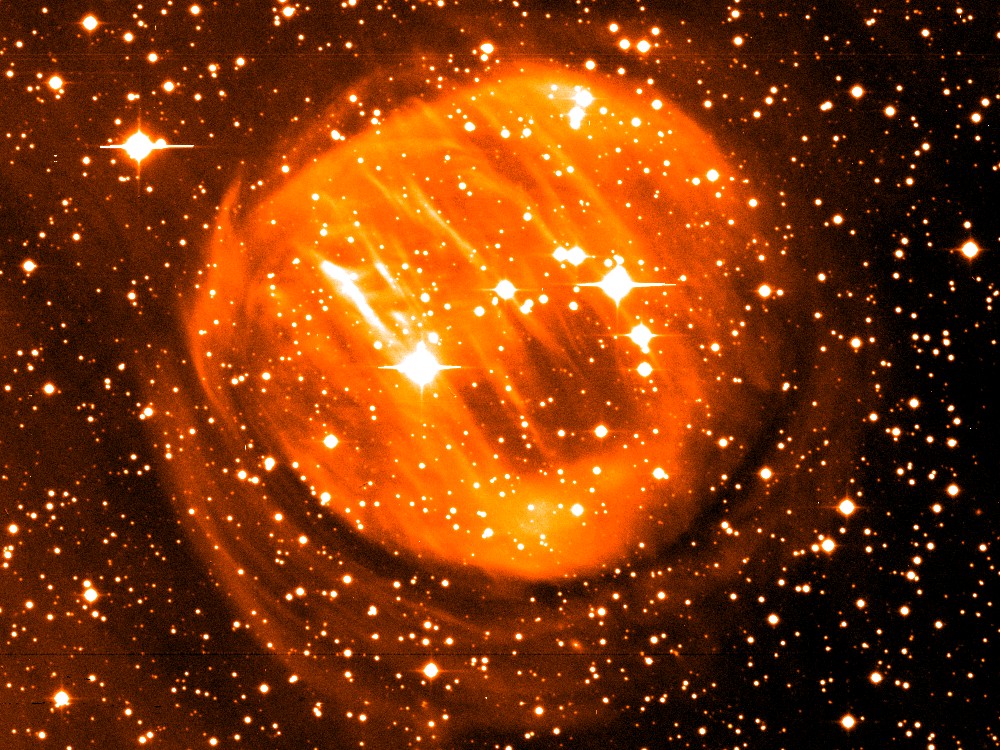|
COPY PERMISSION
NON-PROFIT, NON-COMMERICAL USE OF MATERIALS:
Materials may be used for non-profit, non-commerical purposes without
prior permission provided that the use of these materials does not
restrict, limit, or inhibit the use of the materials for any past,
present, or future purpose. Please include appropriate recognition of
the author of this page and any other people and the institutes
involved, as indicated in the captions.
FOR PROFIT OR COMMERCIAL USE OF MATERIALS:
Materials may be used for commercial purposes only by prior
permission provided that the use of these materials does not
restrict, limit, or inhibit the use of the materials for any past,
present, or future purpose. Please include appropriate recognition
of the people and the institutes involved.
To obtain permission, draft an explicit agreement to this effect
which signed by the author and an authorized representative of the
commercial publisher of a publication which uses any materials from
this web site. The letter should clearly identify the materials to
be used by URL and the purpose(s) to made of the materials. It must
also state the credits that will appear with the materials for review
for approval by Romano Corradi. The agreement must be received and
approved by Romano Corradi prior to the adoption of any and all
materials.
The availability of materials on my web site does not imply the
endorsement of any of the authors or institutes involved of any
private use of such materials, including, in particular, any
commercial use and any use intended to mislead.
For the HST images contained in these pages, here are some
NASA-Space Telescope Science Institute (STScI) guidelines: Unless
otherwise specifically stated, no claim to copyright is being
asserted by STScI and it may be freely used as in the public domain
in accordance with NASA's contract. However, it is requested that in
any subsequent use of this work NASA and STScI be given appropriate
acknowledgement. STScI further requests voluntary reporting of all
use, derivative creation, and other alteration of this work. Such
reporting should be sent to copyright@stsci.edu. For more details see
http://www.stsci.edu/web/copyright.html.
|
















